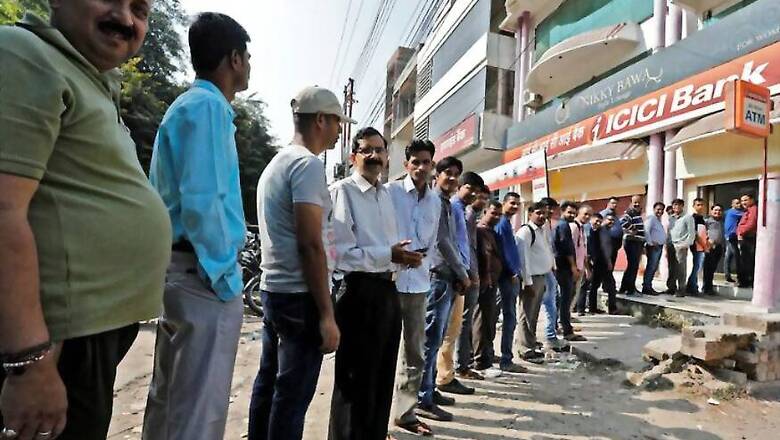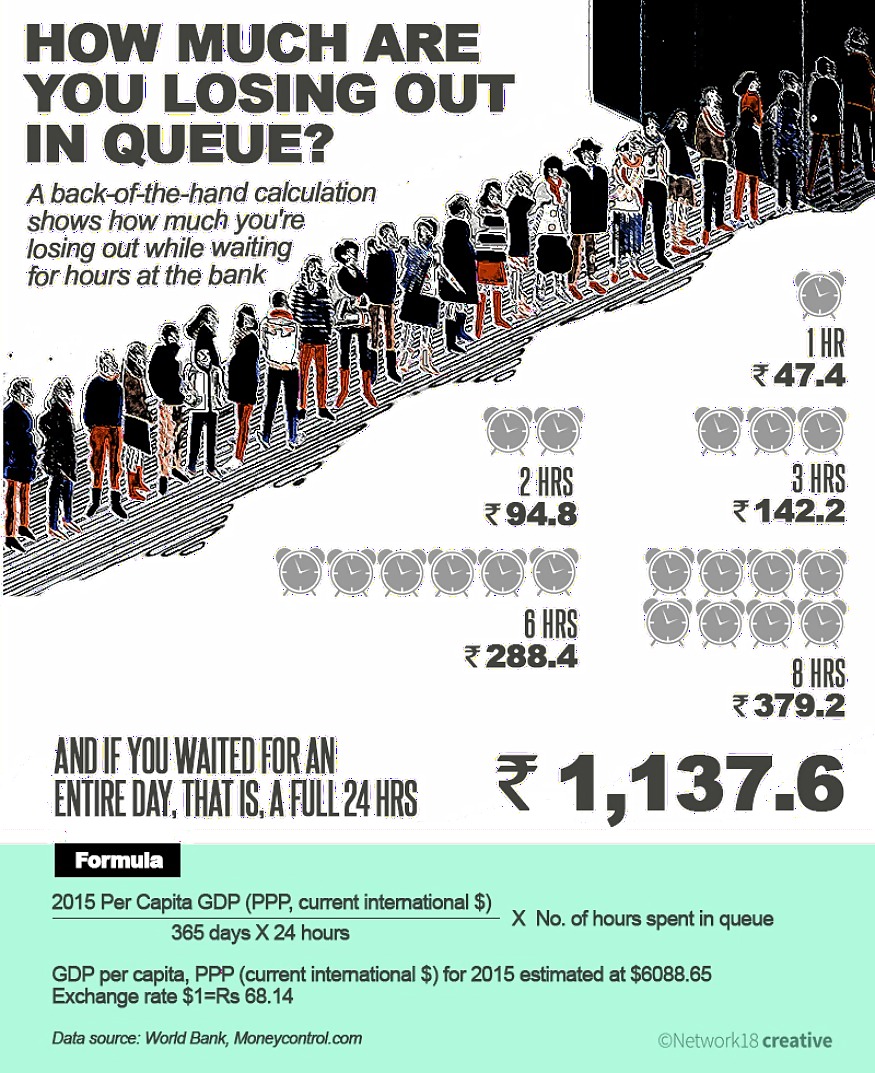
views
Nearly two weeks since the Centre decided to demonetise old Rs 500 and Rs 1000 notes, people across the country are coming to terms with long queues at banks and ATMs.
Many see this as part of doing their bit in the fight against black money and corruption. Some others feel that the government could have thought the whole thing through better.
The jury is still out on whether the benefits from demonetisation justify the direct and indirect costs of the exercise.
Without taking sides in that argument, we have made rough calculations on one of the indirect costs - the manhours spent on queues outside banks and ATMs.
The formula in the infographic below explains: It's calculated at per capita GDP divided by the number of hours in a year. Multiply this with the number of hours a person spends at a queue, and we can arrive at the cost per person. Multiply that by the number of people estimated to have queued up and you can arrive at the cost in manhours for the country.
Say, in one hour a person is losing Rs 47.4, in two hours Rs 94.8, in three hours Rs 142.2, and so on. The cost for an entire day is calculated at Rs. 1,137.6.
The GDP, in Purchasing Power Parity, is taken from World Bank figures from 2015 at an exchange rate of $1= Rs 68.14.
Here's the infographic:





















Comments
0 comment